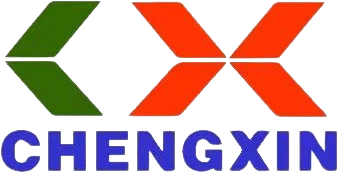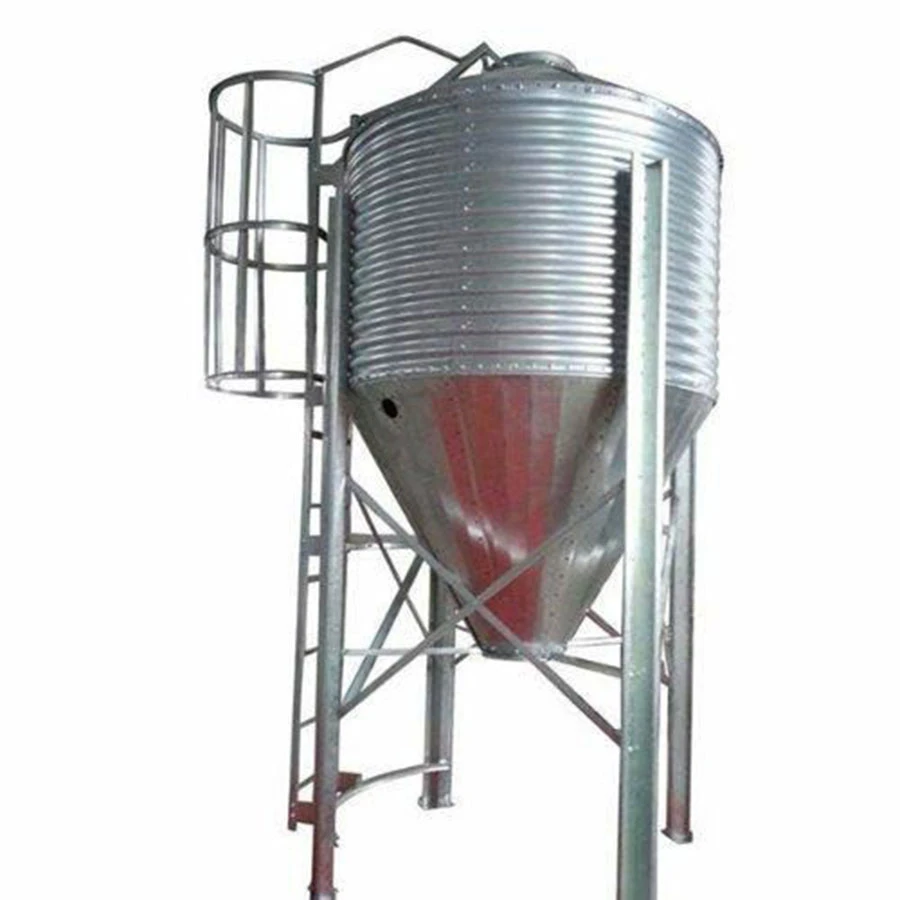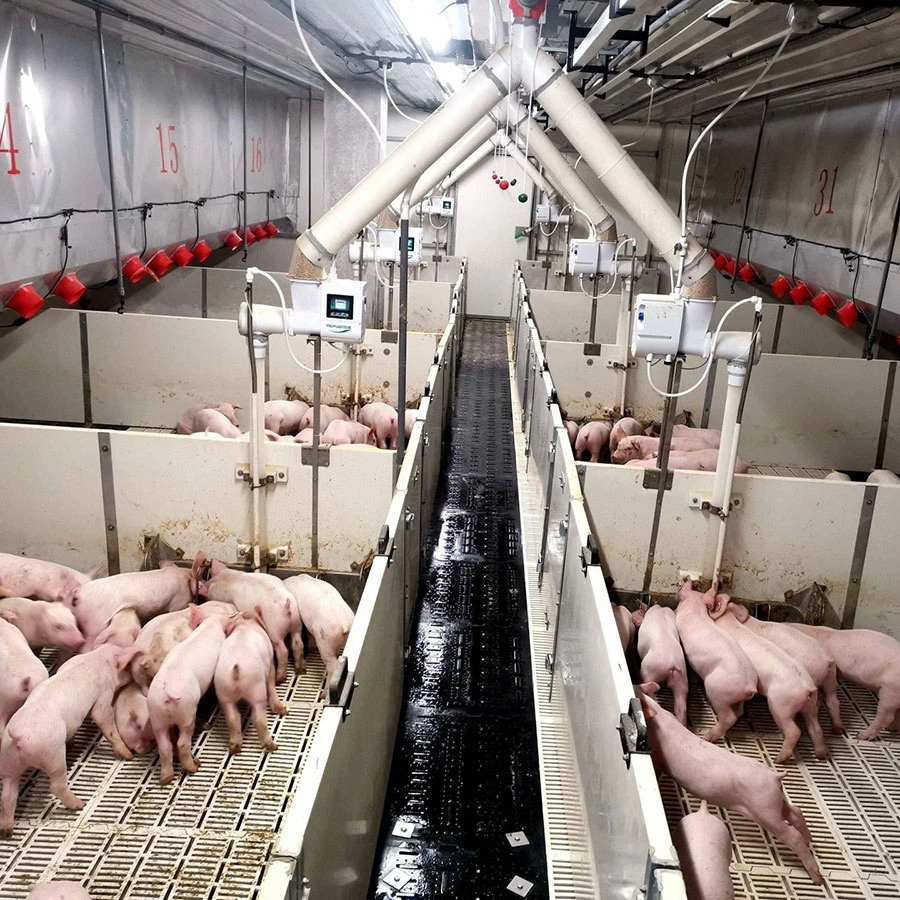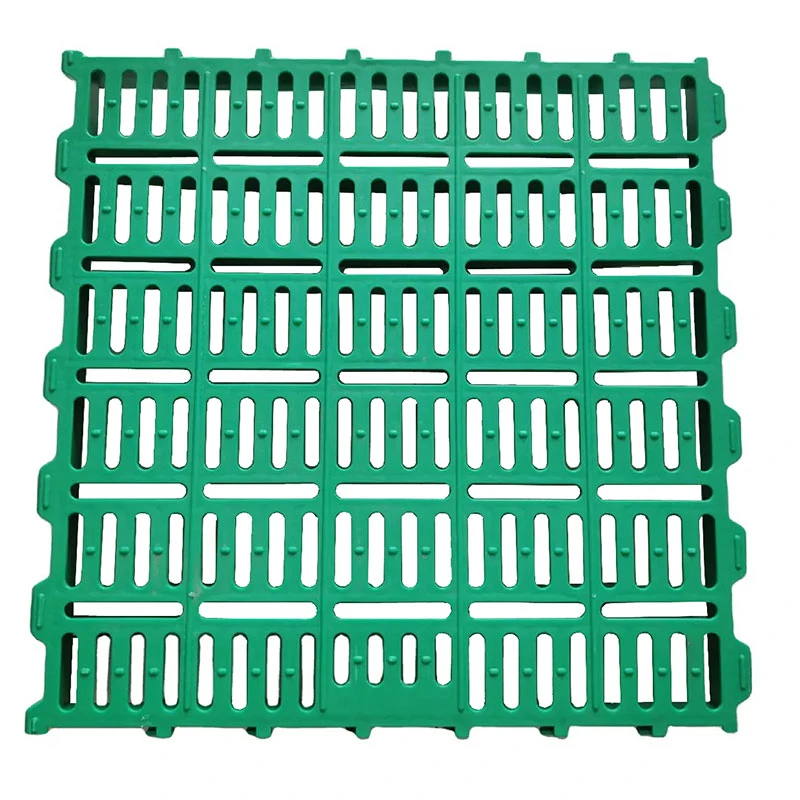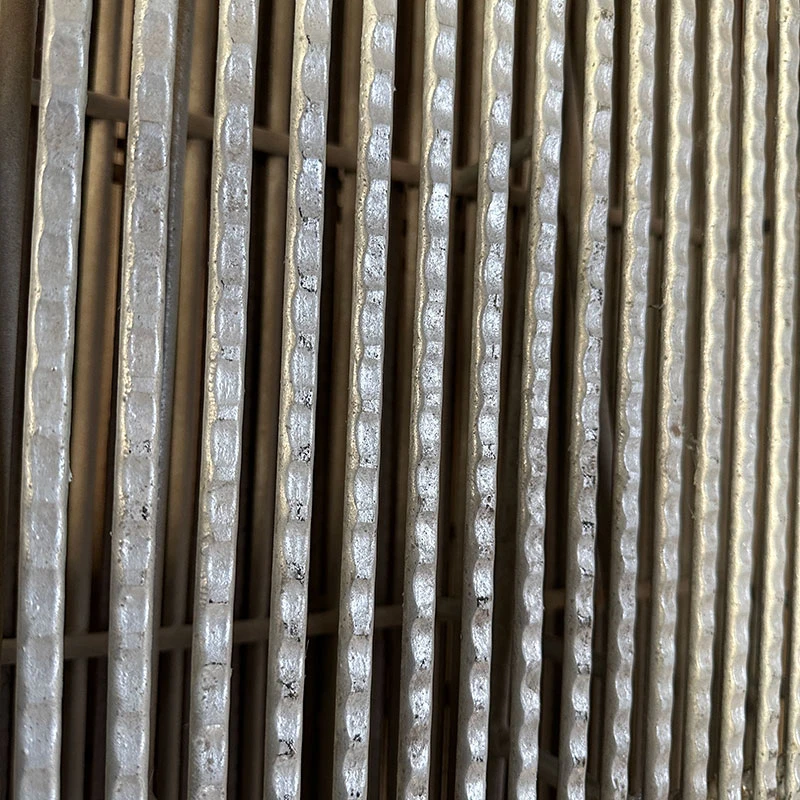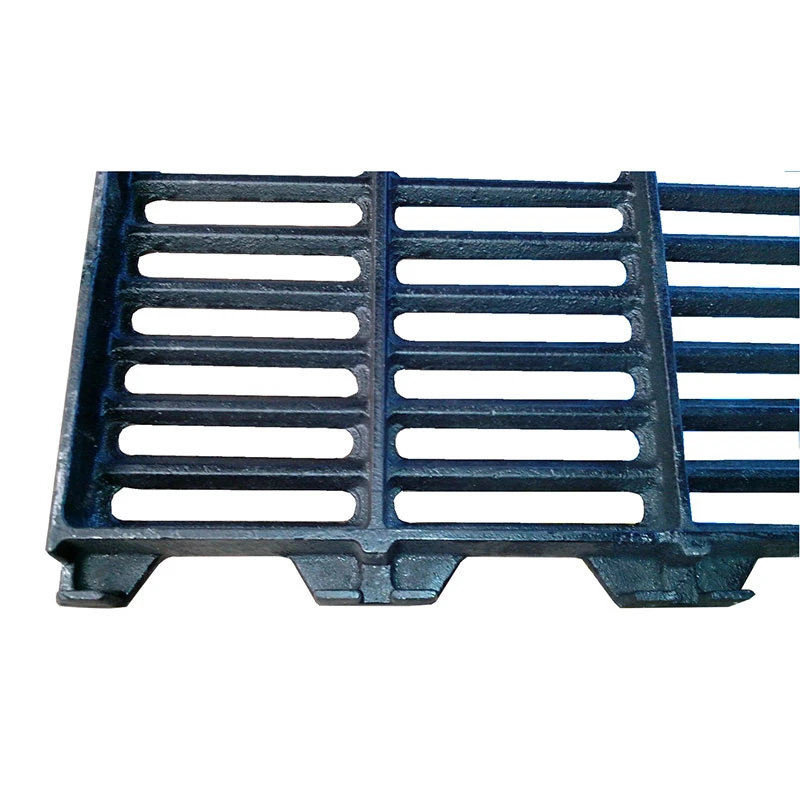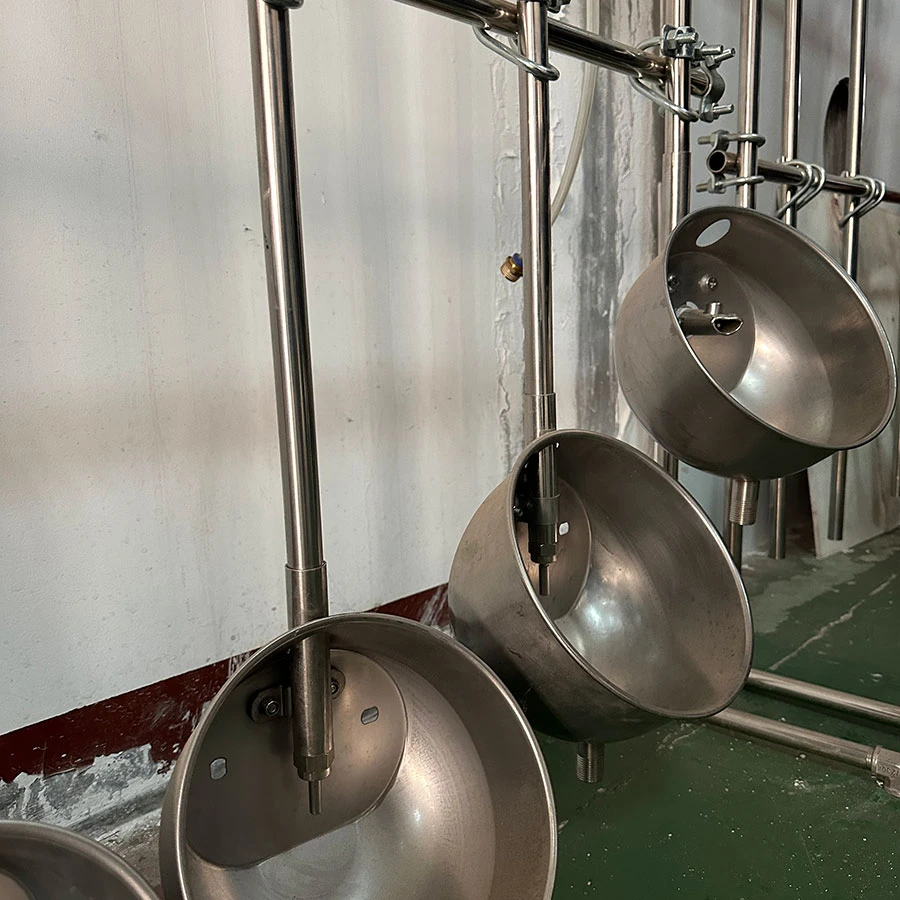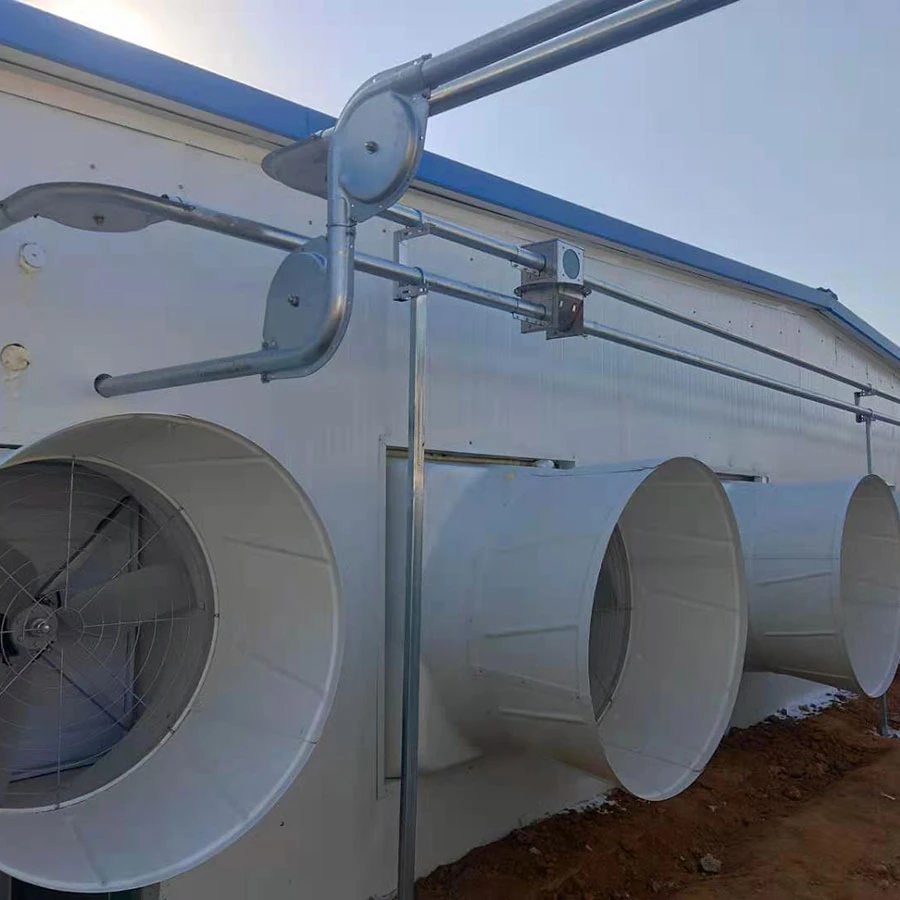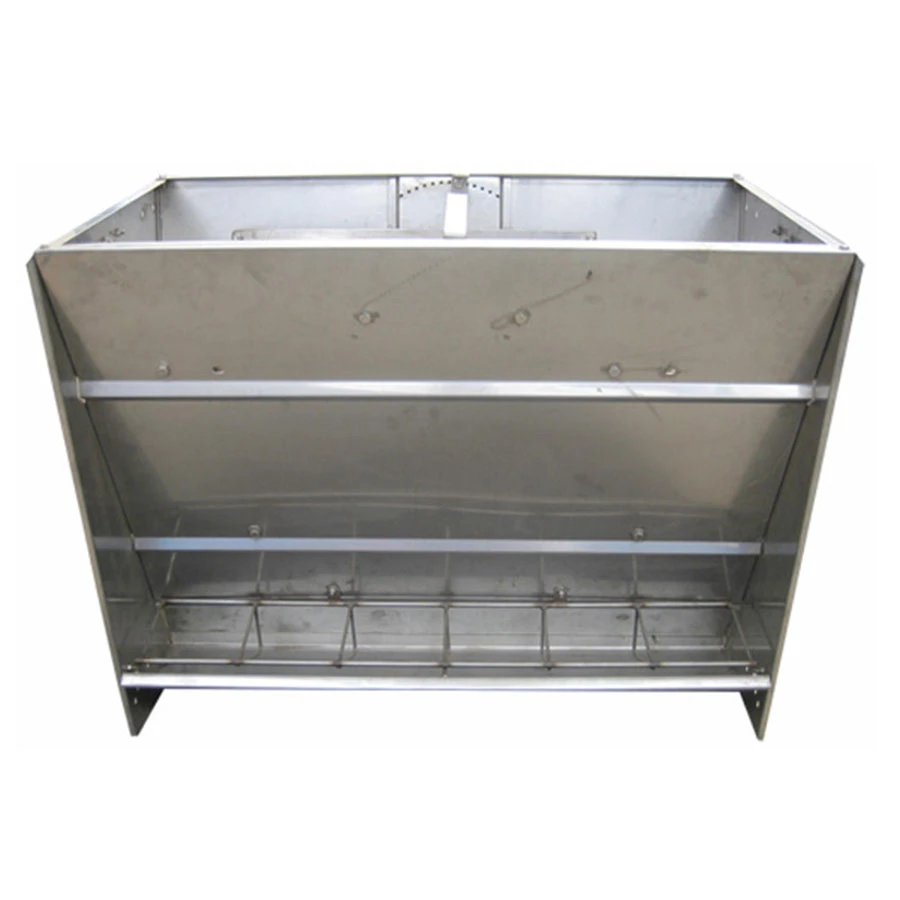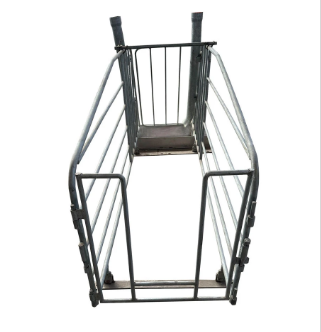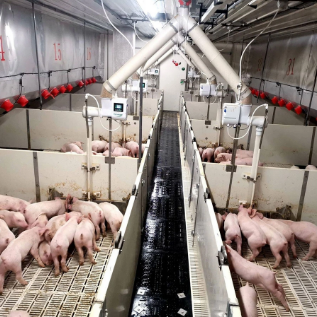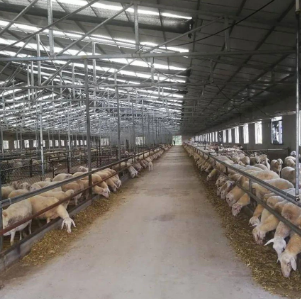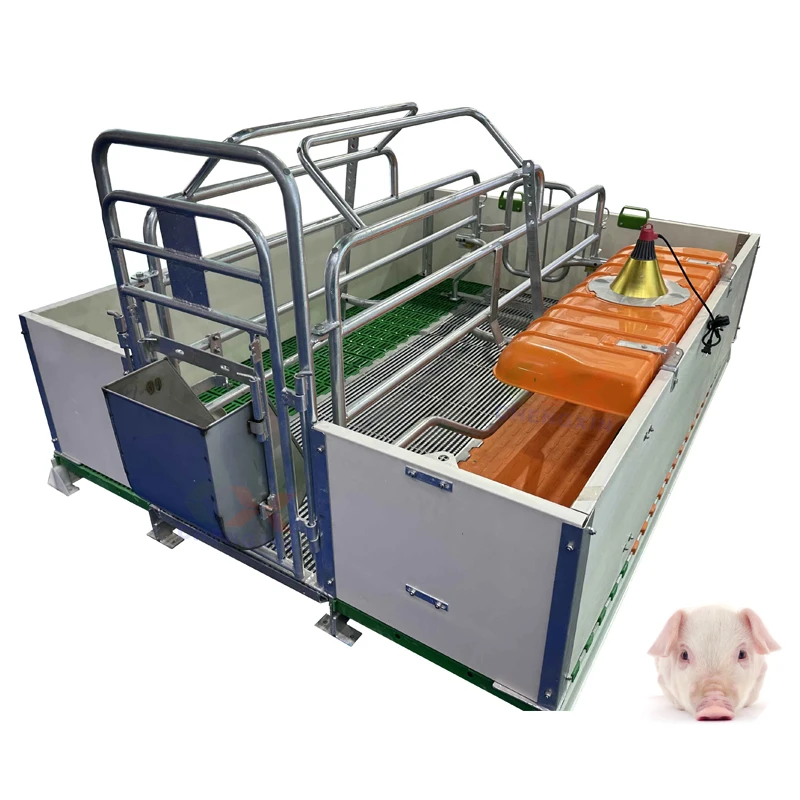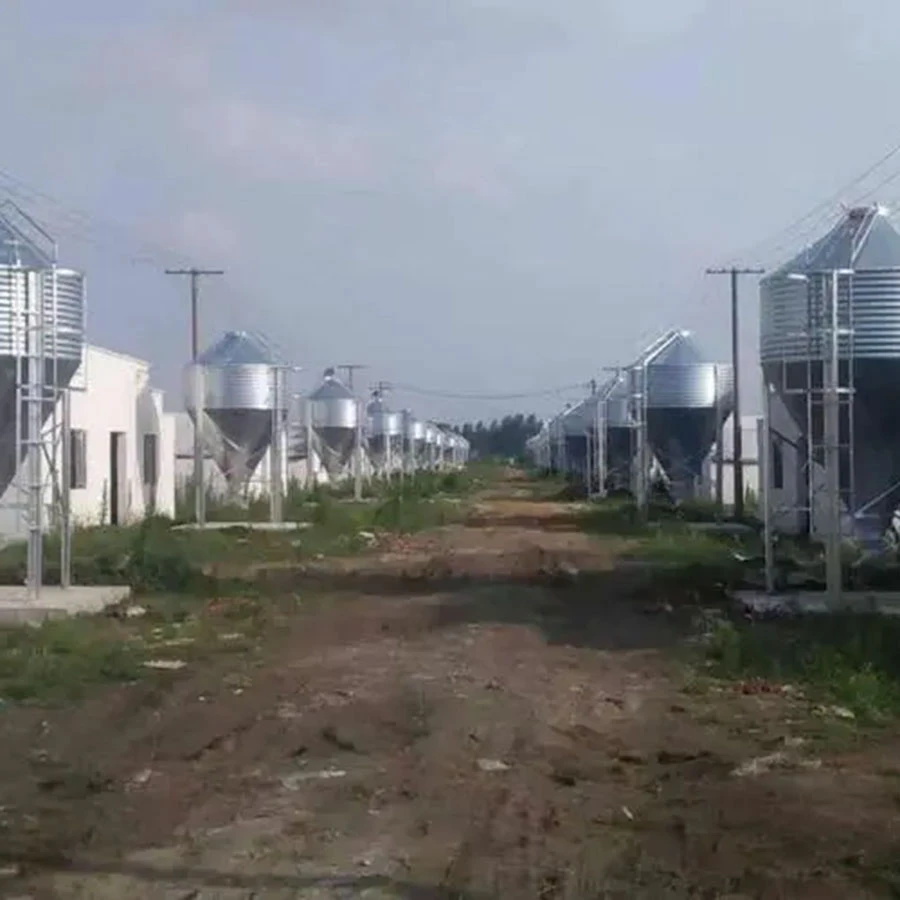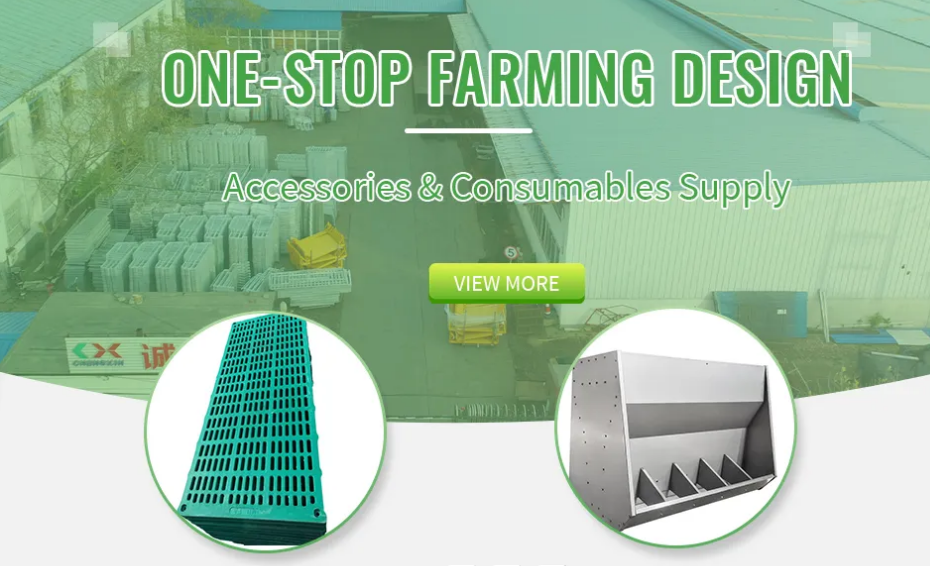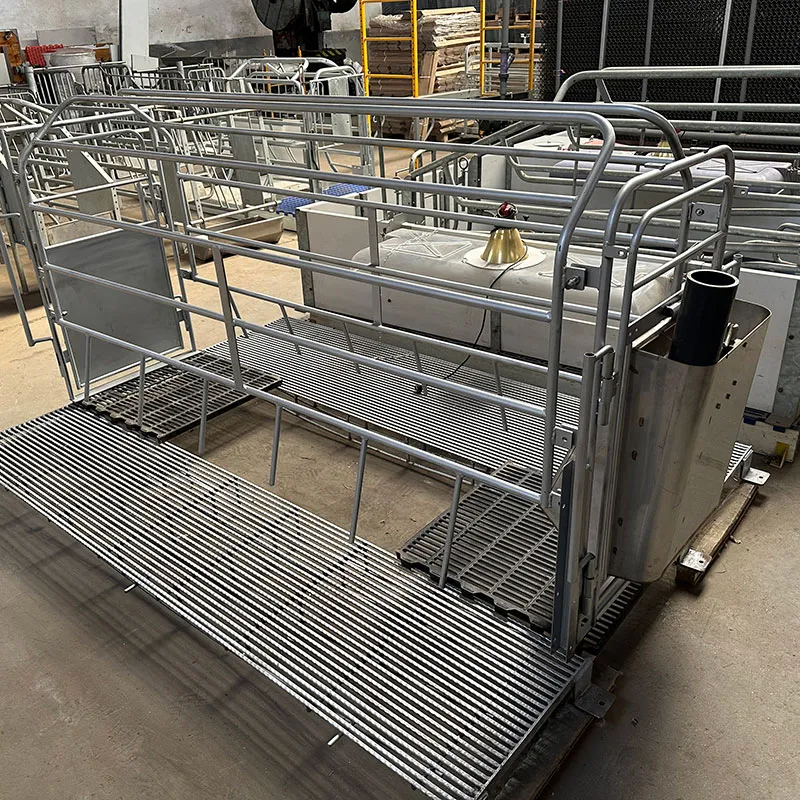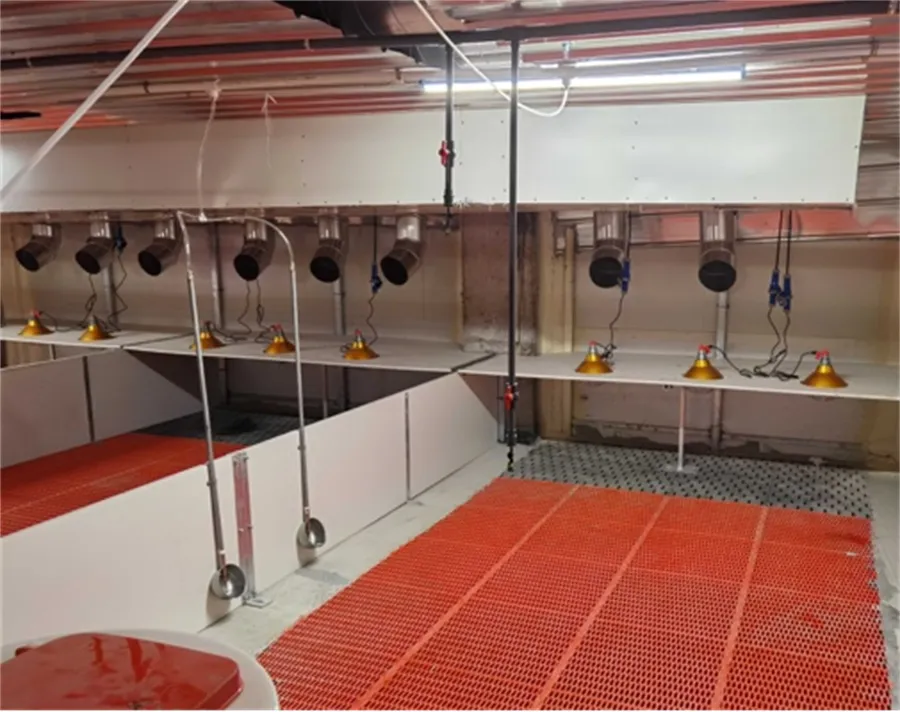The Strategic Imperative of Advanced Hog Feeders in Modern Livestock Management
In the rapidly evolving landscape of contemporary livestock farming, the efficiency and profitability of swine operations hinge significantly on optimizing feed delivery systems. High-quality hog feeders for sale are not merely container111s for feed; they are sophisticated instruments designed to enhance feed conversion ratios (FCR), minimize waste, and improve overall herd health and growth rates. The choice of feeding equipment directly impacts labor costs, feed expenses—which often constitute 60-70% of total production costs—and environmental sustainability through reduced effluent and resource consumption. Modern pig farming demands solutions that are not only robust and durable but also intelligent, adaptable, and compliant with stringent biosecurity protocols. Investing in advanced feeding technology, such as the Pig Trough And Feeder In Pig Farming Equipment, represents a strategic decision for producers aiming to achieve superior production metrics and long-term economic viability. This comprehensive guide delves into the intricate technicalities, operational advantages, and strategic considerations surrounding the acquisition of premium feeding solutions, offering insights crucial for discerning B2B decision-makers in the agricultural sector. The integration of precision feeding systems allows for a controlled feed intake, which is pivotal for different growth stages, from nursery pigs requiring finely milled diets to finishing hogs needing consistent, high-energy rations. Manufacturers like ours focus on engineering designs that mitigate issues such as bridging, feed contamination, and inefficient consumption, ensuring that every unit of feed translates into optimal animal performance.
The industry trend is unmistakably shifting towards automated and self-feeding systems, moving away from labor-intensive manual methods. This transition is driven by a confluence of factors including rising labor costs, the imperative for consistent feed availability, and the desire for data-driven management. Automation in feeding significantly reduces human error, provides uniform access to feed, and allows for precise dietary adjustments based on real-time animal performance data. For instance, advanced hog feeders for sale are often equipped with sensors and smart controls that monitor feed levels and dispense feed automatically, ensuring an uninterrupted supply and preventing over- or under-feeding. This not only optimizes animal growth but also contributes to better gut health by preventing sudden changes in feed availability that can lead to digestive upsets. The focus on biosecurity also influences feeder design, with features that minimize feed spillage and prevent contamination by pests or pathogens. The durability of materials, particularly the increasing demand for stainless steel hog feeders for sale, reflects an industry-wide commitment to longevity, hygiene, and resistance to corrosive elements found in pig environments, such as feed acids and cleaning agents. This material choice is not just about extending product life; it's about safeguarding animal health and ensuring a clean feeding environment, which directly impacts the farm's productivity and compliance with food safety regulations. Furthermore, the capacity for easy cleaning and disinfection is a paramount consideration, directly influencing disease prevention and overall farm hygiene protocols.
The Meticulous Manufacturing Process of Premium Hog Feeders
The production of a high-performance Pig Trough And Feeder In Pig Farming Equipment, designed for the rigorous demands of modern swine operations, involves a meticulously engineered manufacturing process that ensures durability, hygiene, and functional efficiency. This process begins with the careful selection of raw materials, predominantly high-grade 304 or 316 stainless steel hog feeders for sale, known for their exceptional corrosion resistance, strength, and ease of sanitation. Stainless steel sheets and profiles are precision-cut using advanced laser cutting or plasma cutting technologies, ensuring exact dimensions and smooth edges crucial for animal safety and product integrity. Following cutting, the components undergo various forming processes, including CNC bending and stamping, to achieve the specific shapes required for troughs, hoppers, and dispensing mechanisms. This precise cold-forming minimizes material stress and maximizes structural stability. Welding is a critical stage, typically employing TIG (Tungsten Inert Gas) or MIG (Metal Inert Gas) welding techniques to create strong, seamless joints that prevent bacterial accumulation and enhance structural longevity. Post-welding, each component often undergoes a passivation process, a chemical treatment that removes free iron from the surface, enhancing the material's natural corrosion resistance and creating a uniform, aesthetically pleasing finish. This intricate sequence of fabrication steps ensures that the finished product can withstand the harsh, corrosive environment of pig barns, including exposure to feed acids, manure, and frequent high-pressure washing with disinfectants.
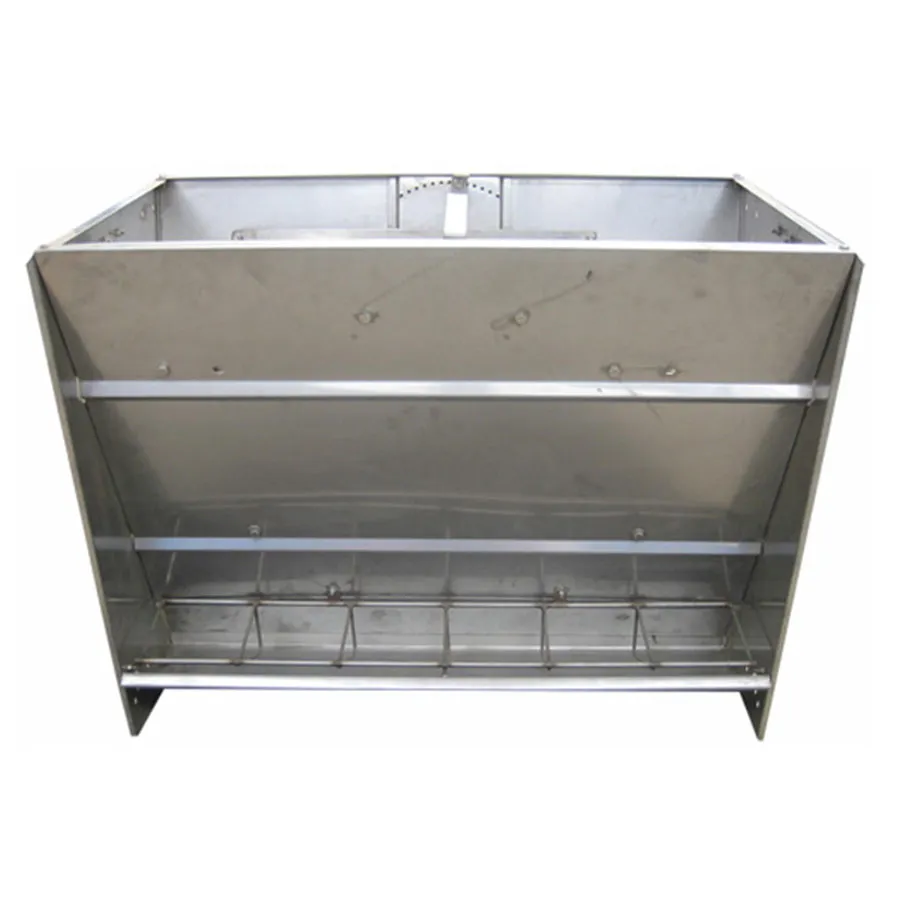
Quality assurance is integrated at every phase of the manufacturing of hog feeders for sale, adhering to stringent international standards such as ISO 9001 for quality management systems, ensuring consistent product excellence. Material composition is verified through spectral analysis, and weld integrity is assessed using non-destructive testing methods like dye penetrant inspection. Dimensional accuracy is confirmed using advanced measurement tools, including coordinate measuring machines (CMM). Finished products undergo functional testing to verify feed flow mechanisms, adjustability, and overall structural robustness under simulated operational loads. This rigorous inspection regimen guarantees that each feeder not only meets but often exceeds industry benchmarks for durability, hygiene, and performance. The expected service life of a well-manufactured stainless steel feeder, under typical farming conditions and proper maintenance, can extend well beyond 15-20 years, offering a significant return on investment. These feeders are specifically designed for the livestock industry, serving swine farms of all scales—from small, independent operations to large-scale, integrated pig production facilities. Their technical advantages include superior corrosion resistance, reducing the need for frequent replacements; excellent hygienic properties, preventing feed contamination and promoting animal health; and robust mechanical strength, resisting damage from aggressive animal behavior. The precise engineering also contributes to significant feed savings by minimizing spillage and optimizing feed accessibility, directly impacting the farm's bottom line through improved feed conversion and reduced waste. This level of quality and longevity is paramount for producers seeking to minimize operational disruptions and maximize profitability.
Technical Parameters and Performance Benchmarks for Hog Feeders
When evaluating hog self feeders for sale, understanding key technical parameters and performance benchmarks is crucial for making informed procurement decisions. These specifications define a feeder's capacity, durability, efficiency, and adaptability to various farm setups and pig growth stages. Critical dimensions include overall length, width, and height, which dictate the footprint within the barn and the number of feeding spaces available. Feed capacity, often measured in kilograms or pounds, determines how frequently the feeder needs to be refilled, impacting labor efficiency. For example, a feeder with a 200kg capacity might serve 50 finishing pigs for 2-3 days, depending on their feed intake. Material thickness, typically ranging from 1.0mm to 2.0mm for stainless steel components, directly correlates with structural integrity and resistance to deformation or damage. The design of the feed dispensing mechanism is equally vital; features like adjustable feed gates, wet/dry feeding options, and anti-spill lips significantly influence feed utilization and hygiene. Adjustable gates allow for precise control over feed flow, accommodating different feed types and particle sizes, and preventing wastage. The incorporation of a wet/dry feeding system, combining feed with water, has been shown in studies to improve palatability and feed intake, leading to faster growth rates and better feed conversion.
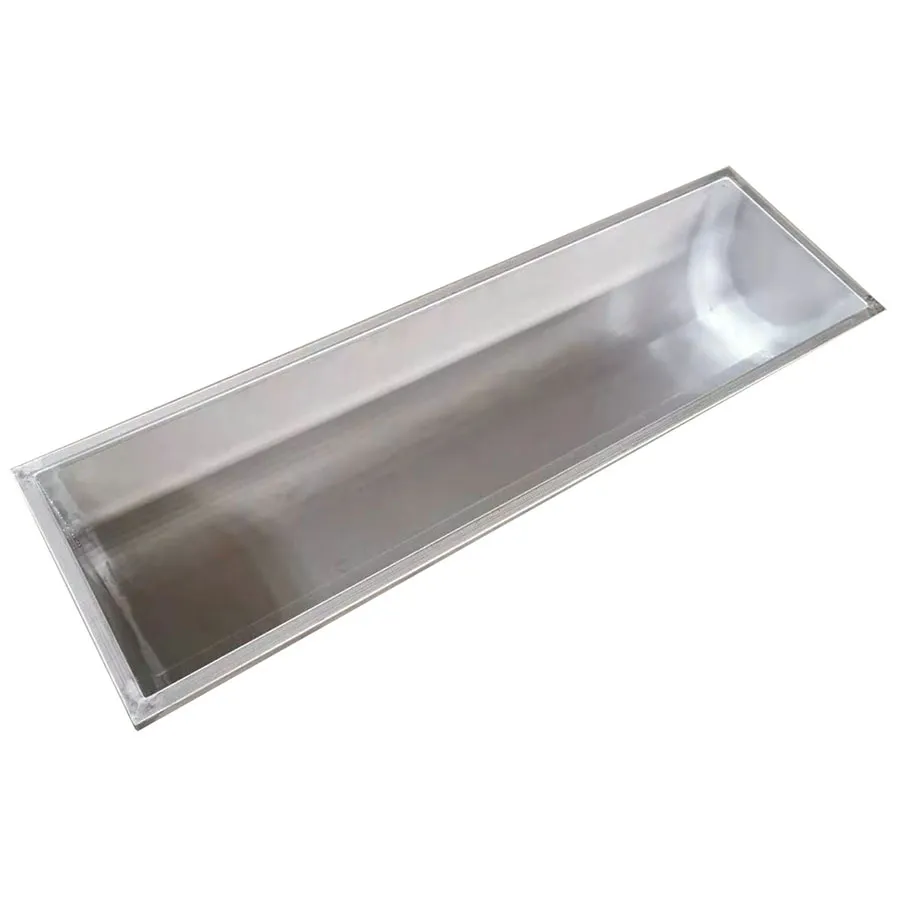
Furthermore, the number of feeding spaces is a primary consideration, dictating how many pigs can eat simultaneously, thereby reducing competition and stress, which in turn can impact growth homogeneity. For instance, a feeder designed for 10-12 weaner pigs will have smaller, more numerous feeding openings than one for 6-8 finishing pigs. The ease of cleaning is a practical yet critical parameter, as feeders must be regularly disinfected to maintain biosecurity. Designs with smooth surfaces, minimal crevices, and easily removable components facilitate quick and thorough cleaning, saving labor and reducing disease transmission risks. Industry benchmarks for feed efficiency often point to FCR improvements of 5-10% with well-designed self-feeders compared to traditional trough feeding, leading to substantial cost savings over a production cycle. For instance, a 5% improvement in FCR for a 1000-head finishing operation could translate to tens of thousands of dollars in annual feed savings. Noise levels during operation, especially for automated systems, can also impact animal welfare and farm environment. The following table provides a comparative overview of key parameters for typical Pig Trough And Feeder In Pig Farming Equipment models available for sale, highlighting variations in design and capacity to suit diverse farm requirements, helping B2B buyers pinpoint the exact solution tailored to their operational scale and specific animal needs.
Strategic Advantages and Application Scenarios
The deployment of advanced hog feeders for sale offers multifaceted strategic advantages that extend far beyond simple feed containment. Foremost among these is the significant improvement in feed efficiency, directly impacting profitability. By minimizing spillage, preventing contamination, and allowing for 'ad libitum' (on-demand) feeding, these systems ensure that feed is consumed effectively, reducing waste that can account for 5-15% of total feed costs in less optimized systems. This directly translates to a lower feed conversion ratio (FCR), meaning less feed is required per unit of weight gain, a critical metric for swine production economics. Furthermore, the robust construction, particularly of stainless steel hog feeders for sale, ensures exceptional durability and corrosion resistance. This extends the product's service life significantly, reducing capital expenditure on replacements and minimizing operational downtime. For example, in barns where high humidity and acidic conditions are prevalent, standard galvanized steel feeders might degrade rapidly, necessitating frequent and costly replacements, whereas stainless steel maintains its integrity over decades. This long-term reliability is crucial for large-scale operations where equipment failure can lead to substantial economic losses.
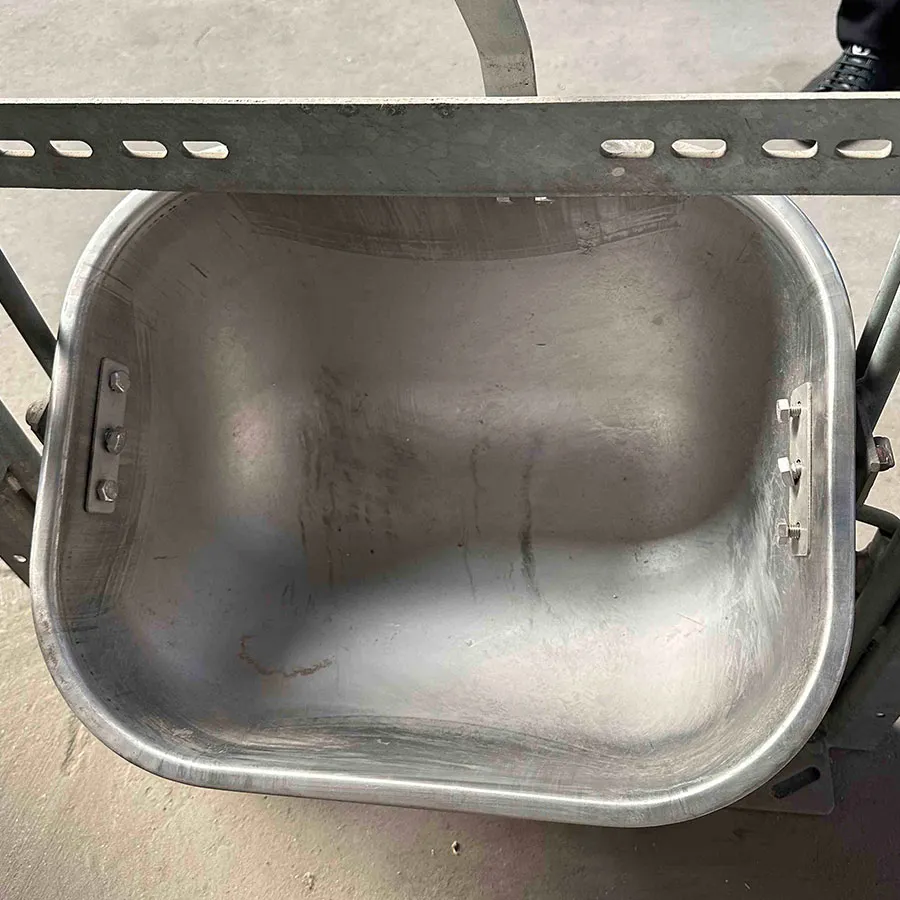
Beyond economic benefits, these feeders play a pivotal role in enhancing animal welfare and biosecurity. Consistent access to fresh feed reduces stress and aggression among pigs, leading to more uniform growth and fewer injuries. Hygienic design, with smooth surfaces and easy-to-clean components, prevents the build-up of bacteria and molds, thereby reducing the incidence of diseases like swine dysentery or salmonellosis. This is particularly important for intensive farming systems where disease outbreak can be devastating. Applications span the entire spectrum of pig farming, from nursery phases where young pigs require specialized starter feeds, to grower-finisher barns where large quantities of feed are consumed daily. In a wean-to-finish system, the same feeder can be adapted to accommodate increasing animal size and feed requirements through adjustable mechanisms, streamlining facility management. Real-world application cases demonstrate these advantages vividly. For instance, a medium-sized farm adopting our Pig Trough And Feeder In Pig Farming Equipment reported a 7% reduction in feed waste within the first six months, coupled with a notable improvement in pig uniformity and average daily gain (ADG), leading to an accelerated time to market and a significant increase in profit margins. Such tangible outcomes underscore the critical role of superior feeding technology in achieving sustainable and profitable swine production.
Trustworthiness, Support, and Custom Solutions for Hog Feeders
Establishing trust and providing comprehensive support are cornerstones of our commitment to clients seeking hog feeders for sale. Our long-standing presence in the agricultural equipment sector, coupled with adherence to international quality standards such as ISO 9001 certification, underscores our authoritative position as a reliable manufacturer. We partner with leading agricultural enterprises and research institutions to continually refine our designs, ensuring our Pig Trough And Feeder In Pig Farming Equipment solutions remain at the forefront of innovation. For instance, our collaboration with a major university's agricultural engineering department led to the development of our optimized wet/dry feeder design, which was independently validated to improve feed intake by 8% compared to dry-only systems. This commitment to research and development, backed by rigorous internal testing, provides tangible evidence of our expertise and the superior performance of our products. Our transparent operations include detailed product specifications, clear pricing structures, and verifiable client testimonials, providing B2B buyers with all necessary information to make confident purchasing decisions. We understand that each farm has unique requirements, which is why we offer highly customizable solutions.
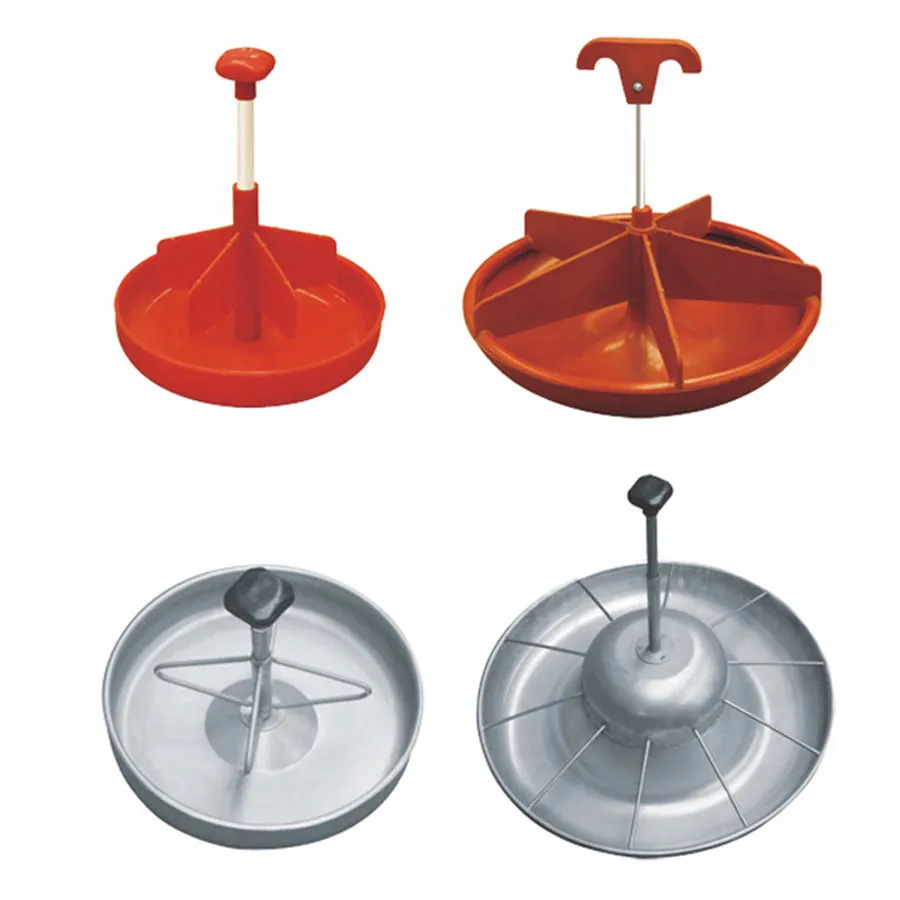
Our customer support extends throughout the entire product lifecycle, from initial consultation and design to post-purchase assistance. We typically offer a comprehensive 2-year warranty on all structural components of our hog self feeders for sale, covering defects in materials and workmanship, providing peace of mind to our clients. Our dedicated technical support team is available to address queries regarding installation, operation, and maintenance, ensuring optimal performance and longevity of the equipment. We pride ourselves on efficient delivery cycles, typically ranging from 4 to 8 weeks for standard orders, with expedited options available for urgent requirements, ensuring minimal disruption to farm operations. For custom solutions, our engineering team works closely with clients to design feeders tailored to specific barn layouts, pig capacities, or unique operational needs, from custom dimensions to specialized feeding mechanisms for particular diets. This bespoke approach ensures maximum integration efficiency and operational synergy within existing farm infrastructures. Our commitment to client success is further evidenced by our extensive FAQ section, which addresses common concerns, and our proactive approach to providing detailed operational manuals and troubleshooting guides. This holistic approach to product quality, technical expertise, and unwavering customer support solidifies our reputation as a trusted partner in modern pig farming, helping farms to achieve their productivity and profitability goals sustainably.
Frequently Asked Questions (FAQ) about Hog Feeders
-
Q1: What materials are typically used for hog feeders, and which is best?
Hog feeders are primarily constructed from galvanized steel, plastic, or stainless steel. While galvanized steel offers a cost-effective solution and reasonable durability, it is susceptible to corrosion over time, especially in high-humidity or acidic environments common in pig barns. Plastic feeders are lightweight and also cost-effective but may not withstand aggressive animal behavior as well as metal. For superior longevity, hygiene, and corrosion resistance, stainless steel hog feeders for sale (specifically SS304 or SS316 grade) are widely considered the best option. They are highly resistant to acids in feed and manure, easy to clean and disinfect, and provide an extended service life of 15-20 years or more, significantly reducing long-term replacement costs and ensuring a consistent, clean feed supply for optimal animal health and performance. This material choice is especially crucial for farms prioritizing biosecurity and aiming for maximum return on investment.
-
Q2: How do self-feeders improve feed conversion ratio (FCR)?
Hog self feeders for sale significantly improve FCR through several mechanisms. Firstly, they allow for "ad libitum" feeding, meaning pigs have constant access to feed, reducing stress and promoting consistent intake which leads to better growth uniformity. Secondly, their design minimizes feed waste caused by spillage, rooting, or contamination. Adjustable feed gates enable precise control over feed flow, preventing over-dispensing. Thirdly, many modern self-feeders incorporate wet/dry feeding systems, which mix feed with water to create a palatable slurry. Studies consistently show that this enhances feed intake and digestion, leading to faster growth rates and a more efficient conversion of feed into body mass. By reducing waste and optimizing consumption, self-feeders directly contribute to lower feed costs per kilogram of pork produced, which is the primary driver of improved FCR and increased farm profitability. This technological advancement represents a pivotal shift from traditional feeding methods.
-
Q3: What are the key considerations for customizing hog feeders for a specific farm?
Customizing hog feeders for sale involves several key considerations to ensure optimal fit and performance. These include barn dimensions and layout, which dictate the physical size and configuration of feeders (e.g., single-sided vs. double-sided). The number and age of pigs to be fed are crucial for determining overall capacity and the number of feeding spaces required to minimize competition. The type of feed (meal, pellet, wet/dry) influences the design of the hopper and dispensing mechanism to prevent bridging or blockages. Specific operational requirements, such as manual vs. automated refilling, integration with existing watering systems, and ease of cleaning, also play a significant role. Our engineering team collaborates closely with clients to assess these factors, recommending tailored solutions that optimize space utilization, labor efficiency, and animal performance, ensuring the feeder seamlessly integrates with the farm's unique production flow and biosecurity protocols for maximized productivity.
-
Q4: What is the typical delivery timeframe and warranty for these products?
For standard orders of Pig Trough And Feeder In Pig Farming Equipment, the typical delivery timeframe ranges from 4 to 8 weeks, depending on order volume and current production schedules. We also offer expedited shipping options for urgent requirements, subject to availability and additional costs. Regarding warranty, we provide a comprehensive 2-year warranty on all structural components, covering any defects in materials or workmanship from the date of purchase. This warranty period reflects our confidence in the durability and quality of our products, which are manufactured under strict ISO 9001 quality management systems. Our commitment extends to robust after-sales support, including technical assistance for installation and maintenance, ensuring that our clients receive continuous value and operational efficiency from their investment throughout the extensive service life of the feeders. This commitment to client satisfaction and product reliability is a hallmark of our service.
References and Authoritative Sources
- National Pork Board. (2022). Swine Care Handbook: Feeding Management for Optimal Production.
- American Association of Swine Veterinarians. (2021). Guidelines for Biosecurity in Swine Production.
- Journal of Animal Science. (2019). Impact of Feeder Design on Feed Intake and Growth Performance of Growing-Finishing Pigs. 97(8), 3500-3508.
- Purdue University Extension. (2020). Economic Analysis of Swine Feeding Systems. AS-610-W.
- FAO (Food and Agriculture Organization of the United Nations). (2017). Good Practices for Pig Production: Feeding.
Post time: Aug . 19, 2025
